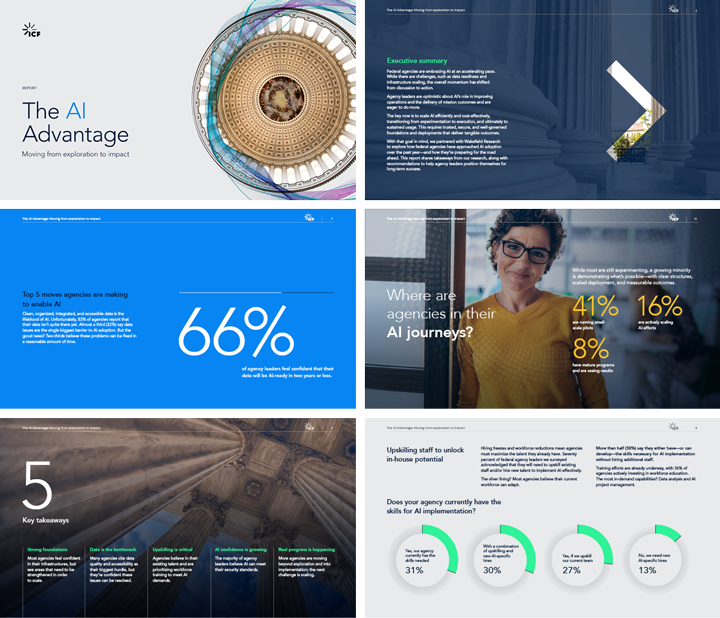Is the web dead? What voice assistants mean for the future
On our car ride home from school, I hear “Hey Siri—Call Grandma!” It’s my four-year-old son.
“No, no! I want to do it!” And that’s my two-year-old daughter chiming in.
Five years ago, I could not have imagined that my two toddlers would be using a voice assistant for everything from making phone calls to picking their favorite TV show (ScoobyDoo—we’re very proud.)
I know that for my kids, operating everyday tech via voice will be as natural as a keyboard is to my sad, ancient, GenX existence. So this week I looked to the interwebs to understand how others are using voice assistants — and how that might change the way I use them.
Here’s what I learned.
Voice assistants are popular, and use is growing.
According to Pew Research Center, nearly half of U.S. adults use voice assistants already; among people 18-49, it’s 55%. Meanwhile, the technology is showing up on more and more devices—computers, phones, thermostats, appliances, televisions, and, yes, smart speakers like Google Home and Amazon Echo. While it’s super difficult to accurately predict what’s coming (just look at this collection of voice assistant predictions and stats), I believe this is a fundamental shift in the way people interact with machines, and we need to start designing for it now.
So what do people use voice assistants for? According to Adobe Digital Insights, the most popular uses for voice assistant devices are:
- listening to music (61%),
- checking the weather forecast (60%),
- asking fun questions (54%),
- and researching (53%).
That doesn’t count the little things, such as making phone calls, setting your wake up time, or changing the channel on the TV.
One of the most important ways people use voice assistants is to search for stuff.
Under the categories of “asking fun questions” and “researching,” is the gray area of voice-powered search. Although, interestingly, it can be one of the most frustrating experiences—what good is a list of web links when you just want the answer? That might explain why Google has issued guidelines for voice-search-related search results.
Voice search changes things—especially the mobile experience. People using desktops or keypads probably just use a few keywords, but people using voice search are more inclined to ask full questions with much more nuanced intents. Add on-the-go people who are using mobile devices, and it’s a whole new game.
These new levels of complexity demand new thinking. Designers and developers are already starting to think ahead and solve for a new voice-powered web.
Privacy is still an issue to solve.
We need to acknowledge one sticky widget here—privacy. Yes, there are others, but this one is a biggie—just ask Mark Zuckerberg.
To that end, there’s been a lot in the news about privacy and data, and what happens to it all. The problem is that using a digital assistant feels very personal and private.
It’s not.
The New York Times examined the privacy issues around voice assistants a couple weeks ago. The article showcased how rapidly this space is evolving, with companies taking the lead on privacy. There's not enough thought about how much data is collected and what it's used for. And there's no regulation of the data. The privacy question is unsettled and unsettling.
The web isn’t dead, but the 2008 version of myself would be very surprised. (Or maybe not—I was way cooler back then.)
Of course the web isn’t dead. It’s just changing (which is how this was always meant to work, by the way). Think with Google has some really interesting ideas for how voice is shaping consumer behavior. Plus, a bit for marketers to help us prepare for voice search in the future.
Our first steps—look at how we can adjust content to supply voice users with quick answers. Consider how content works when it's spoken aloud. Look at other use cases that we can start designing from a voice-first perspective. And, bonus, think about what this means for making our web content more accessible to people with vision loss.
Who’s with me? Tell me what you think on LinkedIn or Facebook.

